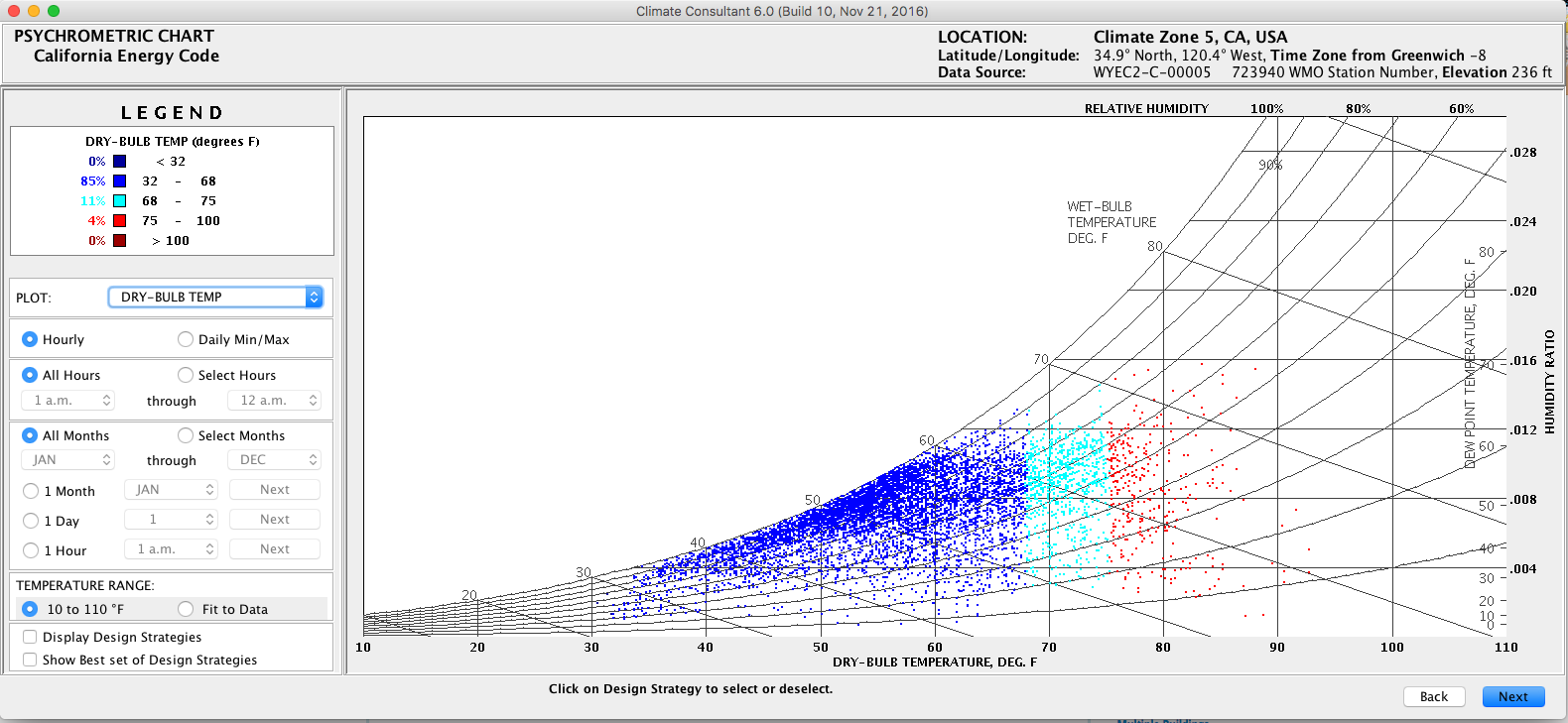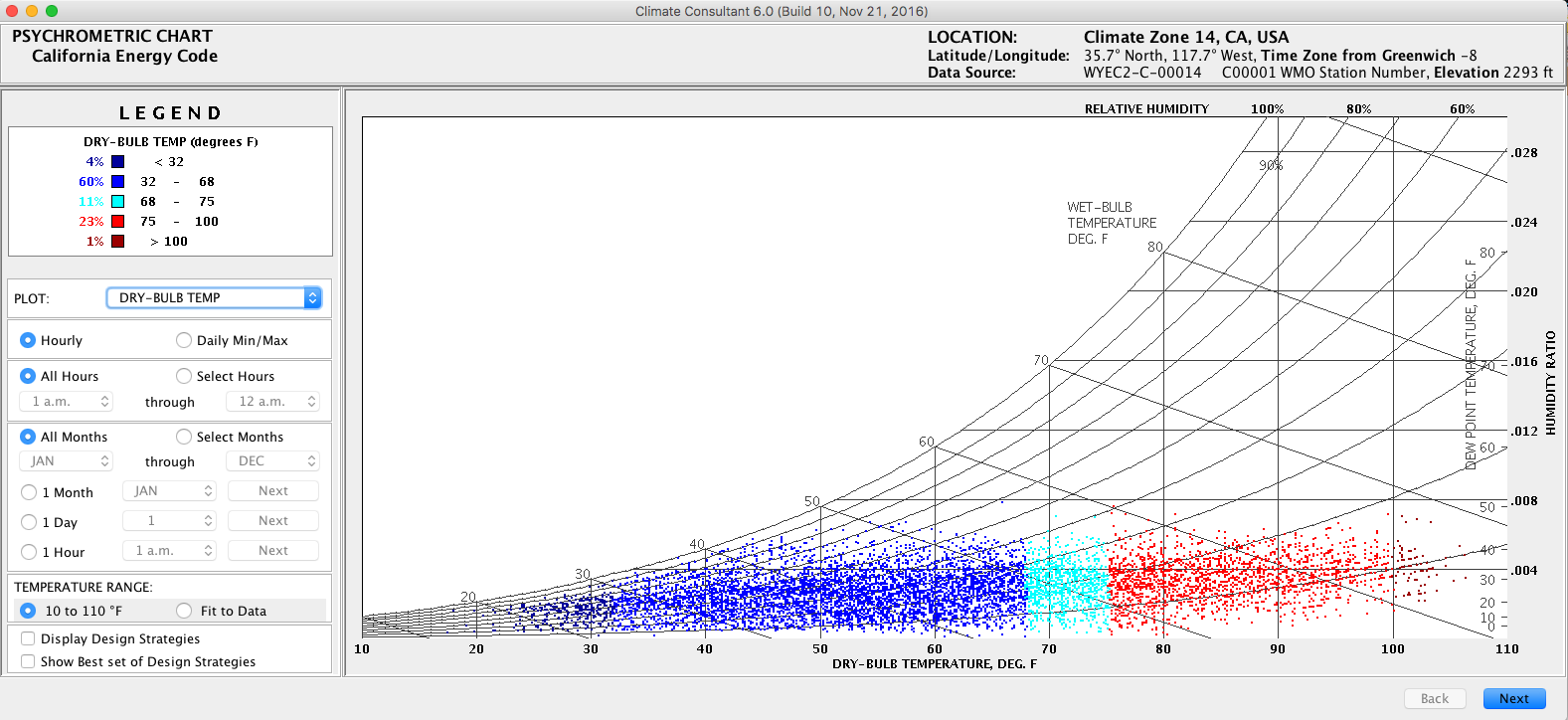There is too little information to pinpoint the exact cause, but I'd put my money on free-cooling (especially during nighttime).
The common intuitive conception is that whenever you bring outside air you need to heat it in the winter, and cool it in the summer. That's slightly inaccurate and a cause for misconceptions.
On a 32°F day, you will definitely need to heat up this air to bring it to the zone setpoint. On a 95°F day, you will definitely need to cool down this air to bring it to the zone setpoint. But what happens when it's 68°F out and sunny? Chances are that the sum of your envelope gains (conduction, solar radiation, etc) and internal gains (people, equipment, lighting) is positive, meaning your zone as is would tend to have a temperature that drift upwards, and likely exceeding your cooling setpoint. In this case, the 68°F outside air you bring in is actually helping!
I'm not that familiar with the 16 California zones, but I assume the 11, 13 and 14 are very hot (and probably dry climates).
I suggest you take a look at Climate Consultant from UCLA, which happens to ship with the 16 California Climate zones handy. It should provide some good, useful insights.
Here's an example of zones 5 and 14 on a psychrometric chart (click to enlarge). You will notice that the quantity of red dots (>75°F) is much greater (and they are more extreme temperatures too) in climate Zone 14, meaning you will likely get a cooling penalty. On the other hand in climate zone 5, only 4% of the hours are hotter than 75°F and very few are above 80°F, while you have 11% in the 68-75°F range, so you're likely to get cooling savings there.










